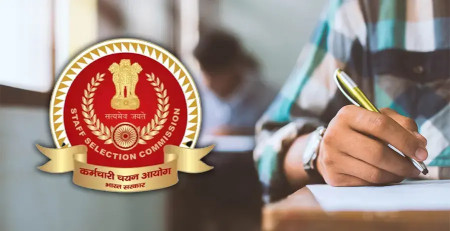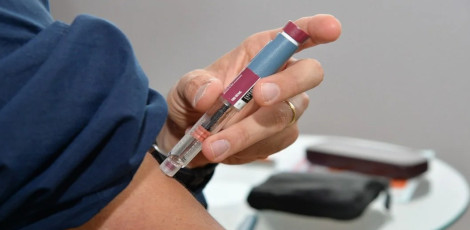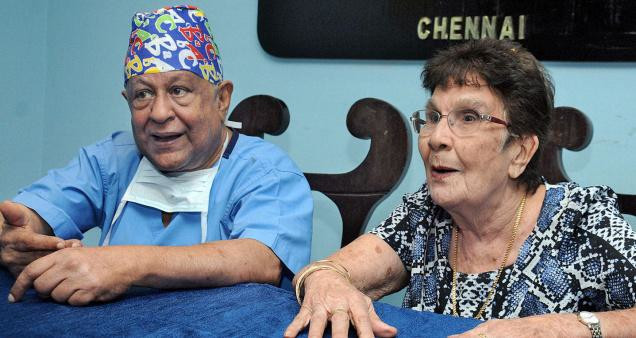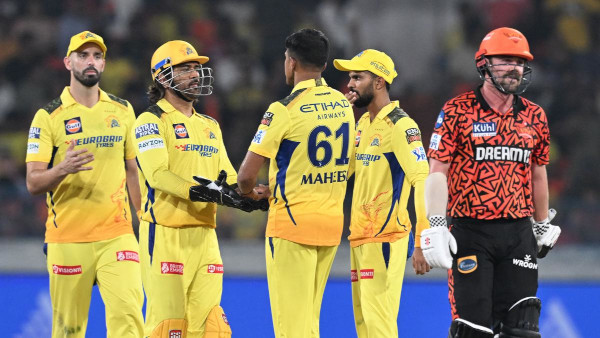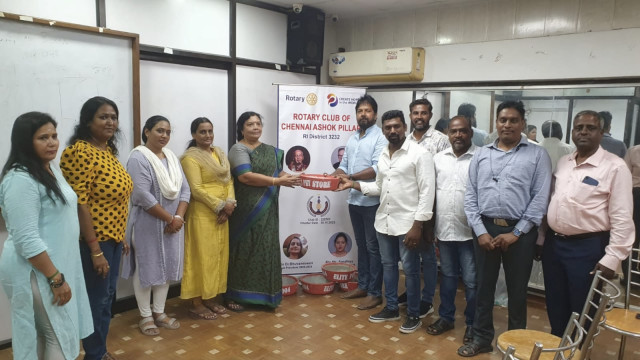No. of views : (5171)
SBI Ecowrap - Health is wealth: How Modicare can benefit India
Posted on: 20/Feb/2018 5:49:39 PM

Government has announced a new scheme named National Health Protection Scheme (NHPS). This will be the world�s largest government funded health care programme and adequate funds will be provided for smooth implementation of this programme.
We believe, the new initiative taken by Government was the need of the hour as many developed and developing countries have already started the Universal Healthcare in early 1940s of twentieth century (e.g, Japan 1938, Germany 1941, Belgium 1945 etc). Out of the 33 developed countries, 32 have universal health care.
Interestingly, in May 2015, Government launched 2 low cost insurance schemes under the name of Jan Suraksha. Both the policies were term insurance and renewable every year, through auto debit facility in the bank accounts. The demand for Jan Suraksha polices got a huge response by all the strata`s of the society, primarily due to the low premium and Government Backed. As on date, there are around 19 crore policies enrolled under Jan Suraksha scheme that is amazingly higher that 18 crore new polices that have been issued by all the insurance companies in the country. This shows the success of any Government backed insurance scheme and from such a angle the proposed healthcare scheme will be a success if implemented properly through a proper institutional mechanism.
In fact, our estimates suggest the initial cost under Modicare will be less than the market estimate of Rs 12000 crore (Government has already provided Rs 2000 crore in budget and Rs 11000 crore is proposed to be mobilized through cess) because the claim ratio in the first few years will be low as it generally takes time for awareness to increase. For example, Net incurred Claim ratio in RSBY, was low in the initial years. From 87% incurred claims ratio in 2012-13, it has now gone up to 122% in 2016-17.
Importantly, the pricing of this scheme should vary from state to state as otherwise it may lead to cross subsidisation. Additionally, as the scheme gets running we can even think of rolling it out to a large population through a 2-tier system where the Government may provide insurance based healthcare services to people who can afford, thereby mitigating the Govt fiscal cost.
MODICARE: HEALTH INSURANCE FOR ALL
Government has announced a new scheme named National Health Protection Scheme (NHPS) in the Budget FY19 as a part of ��Ayushman Bharat�� programme to address health holistically, in primary, secondary and tertiary care system covering both prevention and health promotion. The scheme is aimed to cover over 10 crore poor and vulnerable families (approximately 50 crore beneficiaries) providing coverage upto 5 lakh rupees per family per year for secondary and tertiary care hospitalization. This will be the world�s largest government funded health care programme and adequate funds will be provided for smooth implementation of this programme.
A lot of debate and discussion is going on in the public domain regarding its fiscal burden, feasibility, coverage and successes. Some experts are arguing that the cost will be as high that it will increase the fiscal deficit by 10-15bps. We believe, the new initiative taken by Government was the need of the hour as many developed and developing countries have already started the Universal Healthcare in early 40s of twentieth century (e.g, Japan 1938, Germany 1941, Belgium 1945 etc).
Cross Country Experience
Out of the 33 developed countries, 32 have universal health care. They adopt one of the following three models. In a single-payer system, the Government taxes its citizens to pay for health care. Twelve of the 32 countries have this system. The United Kingdom is an example of single-payer socialized medicine. Other countries use a combination of Government and private service providers.
Six countries enforce an insurance mandate. It requires everyone to buy insurance, either through their employer or the Government. Germany is the best example of this system. The nine remaining countries use a two-tier approach. The Government taxes its citizens to pay for basic Government health services. Citizens can also opt for better services with supplemental private insurance. France is the best example.
State wise experience
At present, India has the Rashtriya Swasthya Bima Yojana (RSBY) that was envisaged to provide health insurance coverage to families of Below Poverty Line families. It provides cover for hospitalization expenses upto Rs. 30,000/- for a family of five on a floater basis. The beneficiary families under RSBY scheme in 2017 were close to 3.65 crore covering only 61% of the total eligible household. Both amount and its coverage wise, the present scheme was inadequate.
Not all states participate in RSBY. Andhra Pradesh did not adopt RSBY as it already provides a generous health insurance scheme (Rajiv Aarogyasri Scheme). The states of Jammu & Kashmir and Madhya Pradesh are officially participating in the scheme, but as of September 2016, none of their districts had enrolled households into RSBY. In two other states (Karnataka and Tamil Nadu), RSBY has been rolled-out in only a few districts, with other districts being covered by their respective state financed health insurance schemes. These state-specific schemes provide a more generous benefit package and cover a broader population group than RSBY.
States, which have to provide for 40 per cent of Modicare�s costs may not run both schemes together and there could be a chance of duplicity of beneficiaries. Apart from this, States may not favour of merging their own schemes with Modicare, as the latter is restricted to a limited section of poor population. For instance, the Centre�s new scheme is only meant for the poor identified under the Socio-economic Caste Census, 2011. But Gujarat provides benefit to all with an annual income below Rs 250,000, under its Mukhya Mantri Amrutam Yojana.



